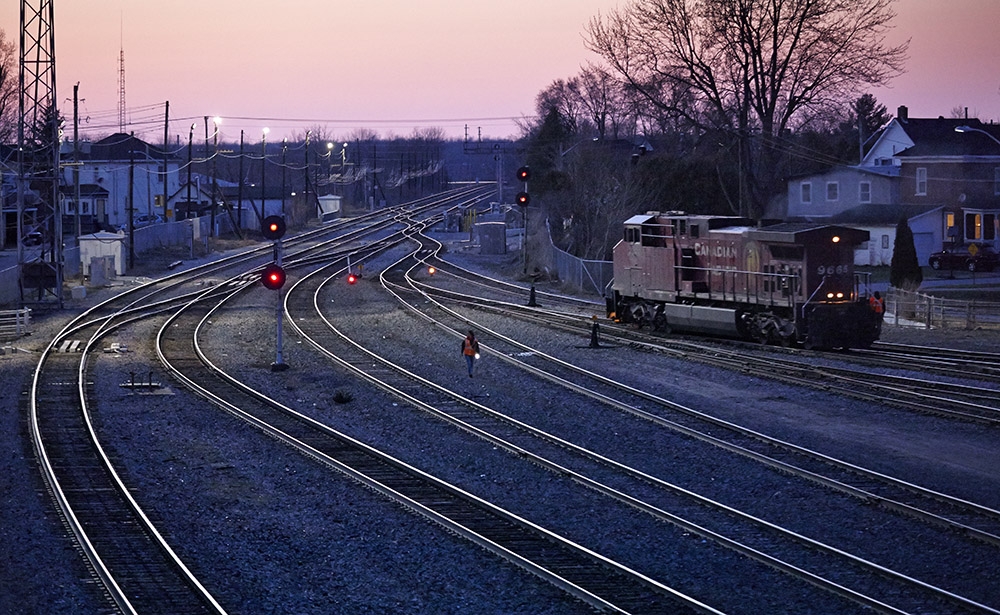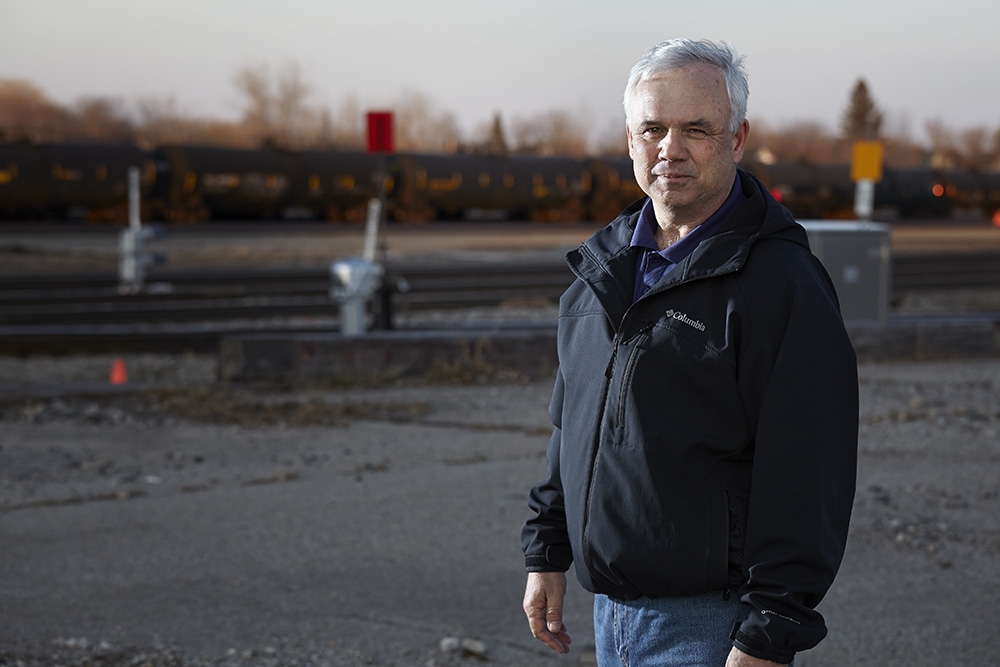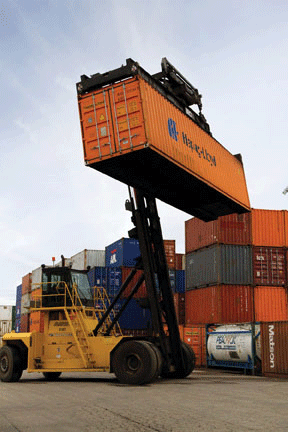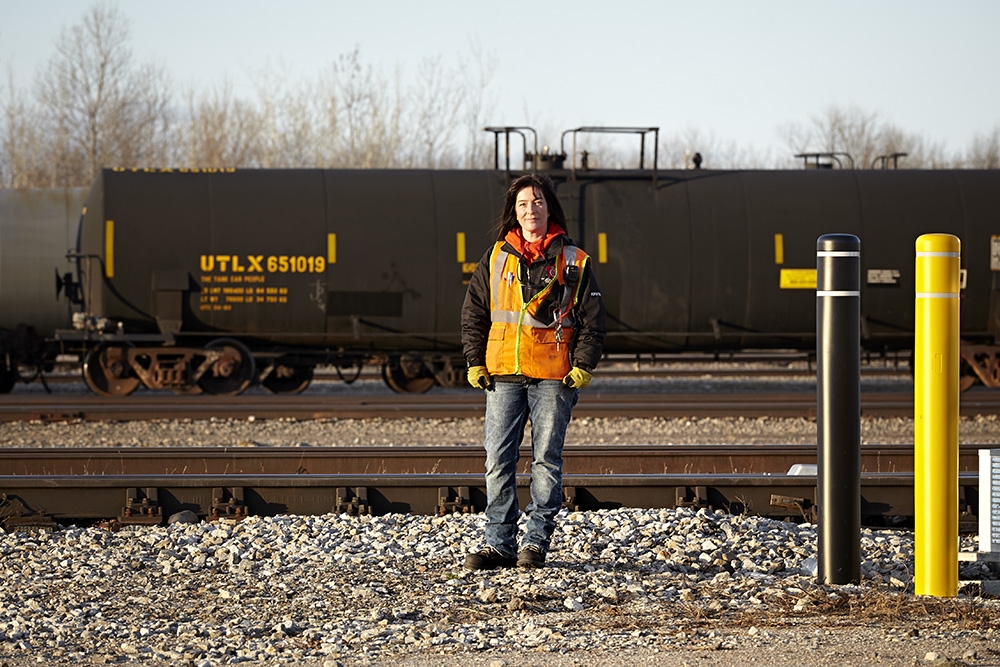
The heroes of the Canadian rail
Railways in Canada have a high safety record, but trains’ masses and the speeds they travel mean collisions have the potential to be deadly. Whether it’s a person on the tracks, a vehicle in the way, or a derailment, when an accident happens, the first responders at the scene are often the train crew. They are also often in danger themselves.
The Transport Safety Board record of fatal accidents frequently lists crew members who have been hurt or killed. Sometimes they have risked their own lives to help others.
In 2007, CP Rail engineer Lonnie Plasko died in a train hurtling down a grade towards Trail, B.C., after telling his co-workers to jump. It seems he stayed aboard the engine to try to control the train, which was hauling ammonium sulphate. The train narrowly missed crashing into the pipelines and power lines of the Teck Cominco smelter there. Co-workers and townspeople praised his actions, saying the accident could have been far worse had Plasko not sacrificed himself.
Even if the railway worker is not in physical danger, playing the role of rescuer can come at great cost. In 2013, Chris McMillan was the conductor on a train in an accident with a minivan at a Belle River, Ontario crossing. As soon as the train stopped McMillan ran more than a kilometre back to the van and the occupants — three young children and a father, all with severe injuries. While the engineer remained in the engine to stay on the radio with Rail Traffic Control, ambulance and police, McMillan stabilized the driver, pulled the children from the van and began first aid and CPR.
“I was by myself for about 20 to 25 minutes, trying to help a young father and his four young kids.” McMillan worked on the children he had extracted from the van, laying them side by side in the rescue position so he could perform CPR on all of them. The OPP and fire department and ambulance arrived. “They did an amazing job,” said McMillan, “and were able to get the infant and father out of the crushed car.” The two little girls had no pulse and died at the scene. A boy was critically injured and in hospital for two months. The father survived his injuries and the baby was not seriously hurt.
Despite immediate post-trauma counseling, McMillan is still plagued with flashbacks and nightmares. “After this extreme tragedy, I was diagnosed with PTSD, and off work for close to four months.” In his previous 18 years of railroading he had never been involved in a serious accident.
Kirstin Campbell is a trainman and conductor in Smiths Falls, Ontario. She can’t count the number of times she has seen children playing on railroad tracks, and other incidents like a driver in a van full of children driving around closed crossing gates and children on bicycles playing chicken with the train. She’s part of the Operation Lifesaver program, which works with community organizations providing information to professional drivers, the general public, and also to first responders such as police, firefighters and paramedics.
Campbell’s role is to travel to schools and talk to students about safety. Her message is simple. “I tell them, I don’t want to get hurt and I don’t want you to get hurt.”
Many of the accidents involving vehicles or people on the tracks end in serious injury or death. Everyone working in rail advises the public to remember that a train might take two kilometres to stop, and it can’t steer out of the way. If you are in front of a moving train, you, and maybe the people on the train too, are in real danger.
Says McMillan, “I have another 12 years to go before retirement. I hope I am not involved in any more accidents.”








